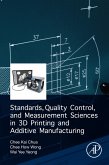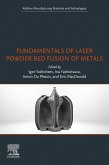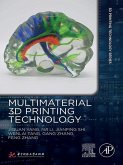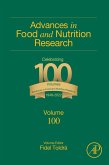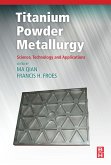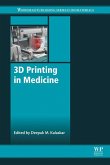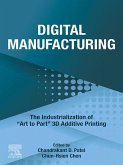Users will find a great reference that will help food engineers and research leaders in food science understand the characteristics of 3D food printing technologies and edible inks.
- Details existing 3D food printing techniques, with an in-depth discussion on the mechanisms of formation of self-supporting layers
- Includes the effects of flow behaviour and viscoelastic properties of printing materials
- Presents strategies to enhance printability, such as the incorporation of hydrocolloids and lubricant enhancers
- 3D printing features of a range of food materials, including cereal based, insect enriched, fruits and vegetables, chocolate and dairy ingredients
- Business development for chocolate printing and the prospects of 3D food printing at home for domestic applications
- Prosumer-driven 3D food printing
- Safety and labelling of 3D printed food
Dieser Download kann aus rechtlichen Gründen nur mit Rechnungsadresse in A, B, BG, CY, CZ, D, DK, EW, E, FIN, F, GR, HR, H, IRL, I, LT, L, LR, M, NL, PL, P, R, S, SLO, SK ausgeliefert werden.



